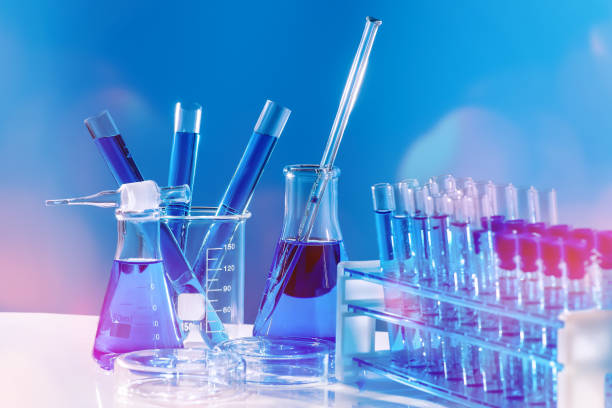
Whether you’re working in an academic lab, a research facility, or an industrial setting, clean and well-maintained glassware is essential to the accuracy and safety of your work. Yet, caring for lab glassware often gets overlooked—until results become unreliable or accidents occur.
Today, we’ll cover the essential tips and techniques for cleaning, handling, and storing your lab glassware the right way, helping you protect your experiments and your budget.
Why Proper Glassware Care Matters
Glassware is a lab staple—but it’s also a potential source of contamination or error if not properly maintained. Residues, cracks, or even leftover moisture can skew results, pose safety hazards, or shorten the lifespan of your equipment.
Taking a few extra steps can make all the difference in ensuring reproducibility, safety, and cost-efficiency.
1. Handle with Care
- Inspect before use: Always check for chips, cracks, or clouding. Damaged glassware can be hazardous and should be discarded.
- Avoid thermal shock: Never move hot glassware directly into cold water or vice versa. Use borosilicate glass (like Pyrex) for temperature-sensitive applications.
- Use the right tools: Never use makeshift tools or force fittings together—this is a common cause of breakage.
2. Cleaning: Your First Line of Defense
Basic Cleaning Steps are:
- Rinse immediately after use to prevent residues from drying.
- Use a soft brush and non-abrasive detergent. Avoid harsh scrubbers that can etch the surface.
- Rinse thoroughly with tap water, then with deionized or distilled water to eliminate impurities.
For Tougher Contaminants:
- Greasy or oily residues? Try acetone, ethanol, or an appropriate organic solvent.
- Stains or burnt residues? Soak in a mild acid solution (or safer alternatives like Nochromix).
- Biological materials? Use enzymatic cleaners or a dilute bleach solution (followed by plenty of rinsing).
💡 Note: Always wear gloves and goggles when using solvents or acids, and work in a fume hood when needed.
3. Drying and Storage: Keep It Clean
Once glassware is clean, drying it properly is just as important.
- Air-drying is best for most items—place upside down on a clean drying rack.
- Oven-drying is acceptable for heat-resistant items, but keep temps below the manufacturer’s recommendations.
- Storage: Store in clean cabinets or on shelves with padding. Keep delicate items separated and upright to prevent tipping.
4. Stay on Top of Maintenance
- Regular inspections help catch issues early.
- Calibrate volumetric glassware periodically, especially for critical measurements.
- Document your cleaning protocols if you’re in a regulated environment (e.g., GMP labs).
5. Safety Comes First
- Always use PPE: lab coat, gloves, and safety goggles.
- Dispose of broken glass in designated sharps containers—never in regular trash.
- Label all glassware with appropriate markers that won’t smear or contaminate.
Conclusion
Proper care of lab glassware isn’t just about cleanliness—it’s about protecting the integrity of your science. A little extra attention to maintenance and handling goes a long way in creating a safer, more efficient lab environment.
Whether you’re a student, a technician, or a lab manager, these practices will help keep your lab running smoothly and your results reliable.
Need high-quality lab glassware? Shop our lab essentials now at Honey T Scientific Ltd., Our products are carefully sourced to meet industry standards, ensuring you get the reliability and performance you need.

